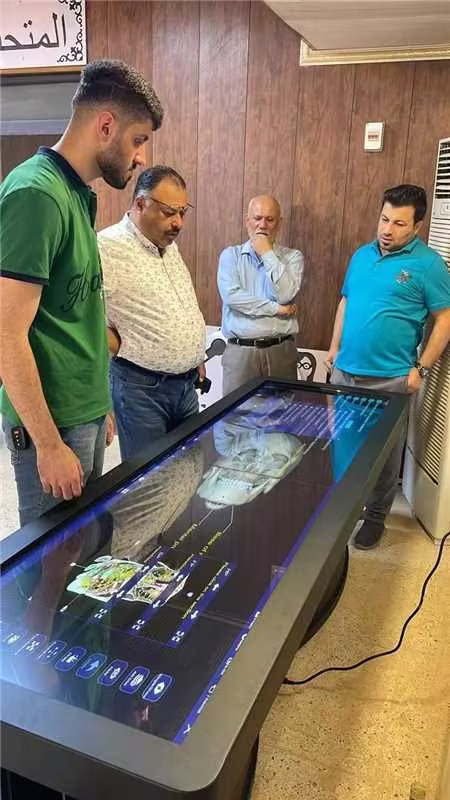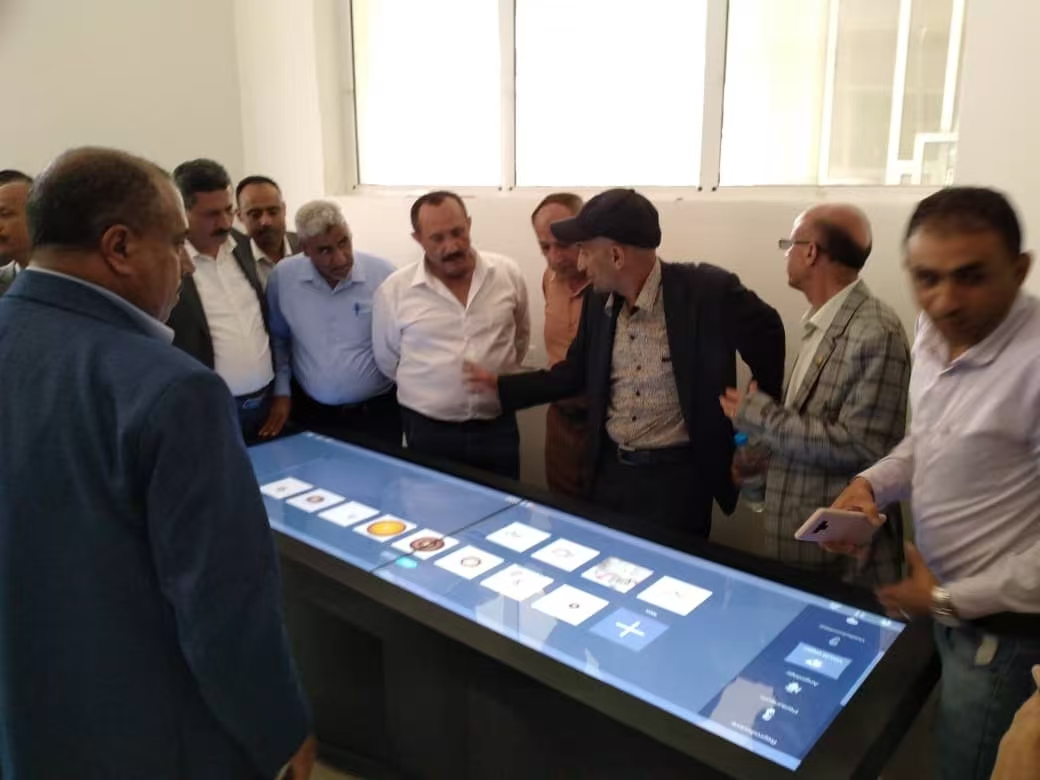Introduction
The Anatomage Table is a revolutionary tool transforming how students and professionals learn about human anatomy through 3D interactive dissection. This digital anatomy table enables users to explore detailed human physiology virtually, making it particularly valuable in educational settings, from medical schools to art institutions. In this guide, we’ll explore key aspects such as the Anatomage Table cost, how to operate it, and how it compares with traditional cadaver dissections.
1. What is the Anatomage Table?
The Anatomage Table is a life-size, digital anatomy platform that replicates a full human body for virtual dissection. Developed by Anatomage Inc., the table uses real cadaver scans to present ultra-realistic 3D anatomy and physiology, offering a range of interactive features that allow users to explore various body systems. This tool bridges the gap between traditional dissections and modern, interactive technology by allowing users to visualize, rotate, and dissect layers of the human body in real-time.
| Feature | Description |
|---|---|
| Full 3D Visualization | Provides high-resolution 3D visuals based on real human cadavers |
| Interactive Tools | Users can cut, rotate, and isolate body structures for closer study |
| Data Sources | Utilizes MRI, CT, and X-ray scans for anatomical accuracy |
| Educational Integration | Equipped with over 1,500 case examples for academic use |
2. How Much Does an Anatomage Table Cost?
One of the most commonly asked questions about the Anatomage Table is its price. On average, the cost ranges between $60,000 and $100,000 USD, depending on the model and features selected. Though the investment is substantial, it offers substantial savings over time by reducing the need for physical cadavers, specialized lab facilities, and disposal costs. Many educational institutions secure funding or grants to acquire the table, recognizing its long-term value in education.
Note: Always verify current pricing directly through Anatomage Inc. or authorized distributors, as prices may vary by region and institutional agreements.
3. Turning On and Operating the Anatomage Table
Operating the Anatomage Table is straightforward, making it accessible to educators and students alike. Here’s a quick start guide:
- Powering On: Locate the power button typically positioned at the base of the table.
- User Interface: Upon startup, the touchscreen interface activates, displaying available modules such as anatomy, pathology, and clinical cases.
- Selecting a Body System: Users can select specific systems (musculoskeletal, cardiovascular, etc.) or regions for detailed study.
- Interactive Dissection: Use virtual tools to make incisions, peel back layers, and explore anatomical structures. Features include zoom, rotation, and the “undo” button for error correction.
- Saving Sessions: Educators can save specific views or dissections to review during lessons, enhancing learning efficiency.

4. Digital Dissection vs. Traditional Cadaver Dissection
| Aspect | Anatomage Table | Traditional Cadaver Dissection |
|---|---|---|
| Cost | $60,000 - $100,000 USD upfront | Ongoing costs for cadavers and lab maintenance |
| Access & Usability | Immediate access, no preparation required | Requires complex setup and continuous care |
| Educational Value | Allows limitless dissection, no need for physical specimens | Provides tactile experience, crucial for surgical training |
| Repeatability | Errors are reversible; perfect for repeated study | Irreversible dissections; limited in number |
Many students appreciate the Anatomage Table’s interactive elements, like “undo” functionality and instant visualization, which offer flexibility not available with cadavers. However, cadaver-based learning remains irreplaceable for surgical training, highlighting the value of combining both methods in comprehensive anatomy education.
5. Benefits of 3D Human Physiology and Virtual Dissection
The Anatomage Table stands out for its ability to integrate 3D human physiology, giving users access to a life-sized, interactive human body that can be dissected layer-by-layer. It combines various imaging data, including CT and MRI scans, to offer a rich, multifaceted view of the body’s internal systems.
Educational Advantages:
- Enhanced Learning Outcomes: Research has shown a marked improvement in students' retention and understanding when using 3D anatomical models. A study by the University of Nebraska reported a 90% satisfaction rate among students using the Anatomage Table in courses(ConnectED Portal).
- Real-Time Pathology Examples: With over 400 case studies and numerous pathology scenarios, students can explore real medical cases, preparing them for practical applications in fields like radiology, orthopedics, and cardiovascular studies.
- Accessibility for All Levels: Suitable for high school anatomy classes as well as advanced medical training, offering various levels of detail and complexity.
6. Practical Applications and Case Studies
The Anatomage Table is widely used in medical institutions, high schools, and even art programs focused on anatomical studies. Below are some real-life examples:
- Medical Schools: Used for anatomy courses, allowing medical students to perform virtual dissections and study complex cases like cardiovascular anomalies.
- High School Biology Programs: Simplifies anatomy for younger students by offering controlled, safe interaction with human body systems.
- Art and Design: Artists studying human form and anatomy use the table to gain deeper insights into body structure and proportions.
Case Study: University of Texas Medical Branch (UTMB) reported significant improvement in student engagement and test scores after integrating the Anatomage Table into their curriculum(University of Texas Medical Branch).

Conclusion
In the evolving landscape of anatomy education, the Anatomage Table is a versatile tool that complements and enhances traditional teaching methods. From detailed digital dissections to diverse case study examples, this interactive table brings a new dimension to anatomy learning. Though the initial cost is high, the benefits it offers in terms of accessibility, repeatability, and interactive learning make it a worthwhile investment for institutions aiming to innovate their educational methods.
With increasing reliance on digital learning tools, the Anatomage Table continues to set the standard for interactive anatomy and physiology education.
→Click here to learn more about our Anatomage Table
or
Additional Resources:
Official website for product details, demos, and purchasing info